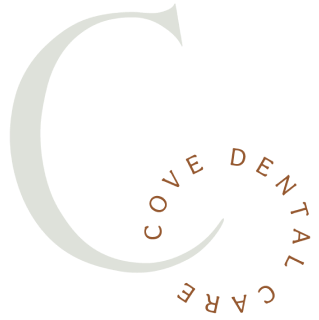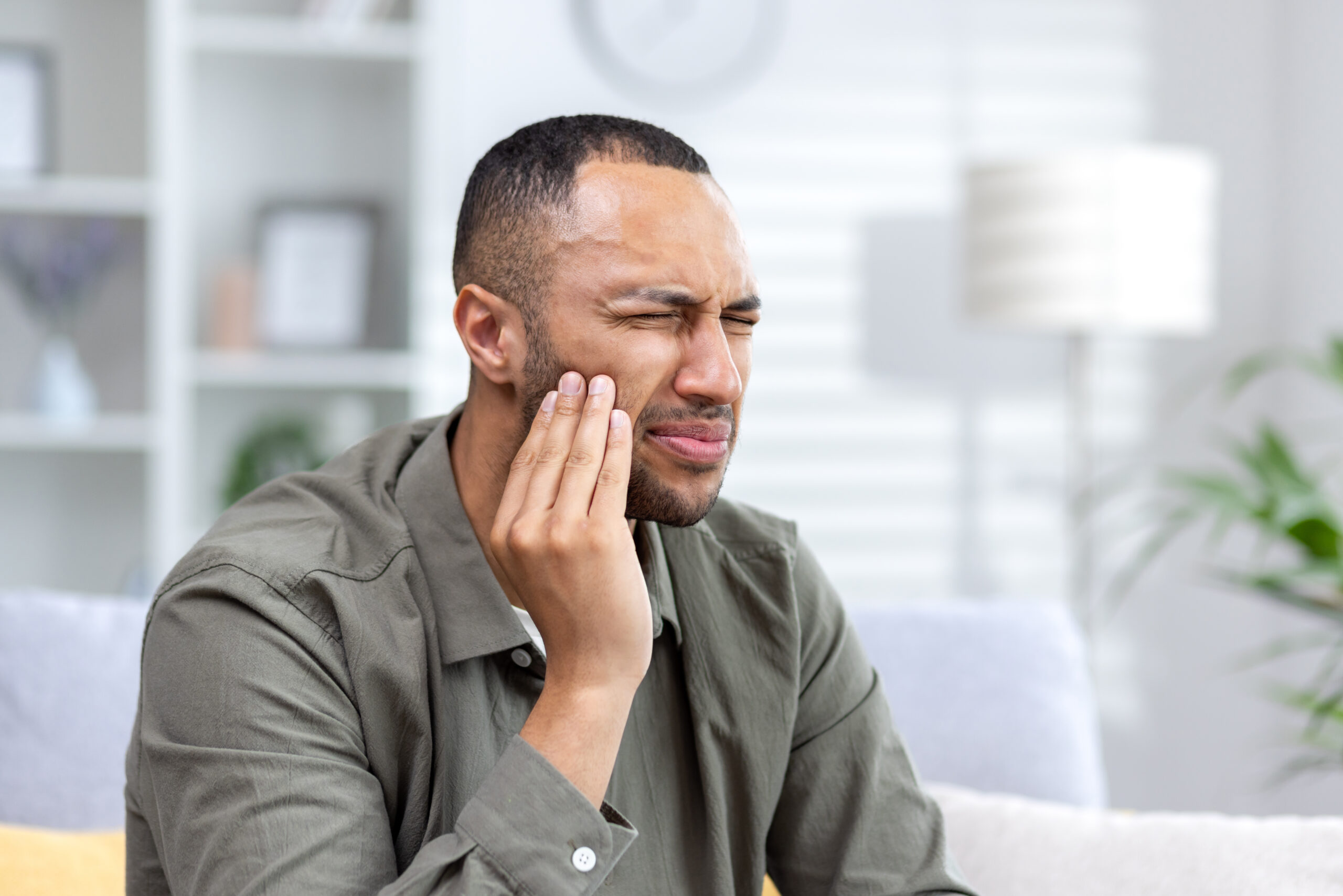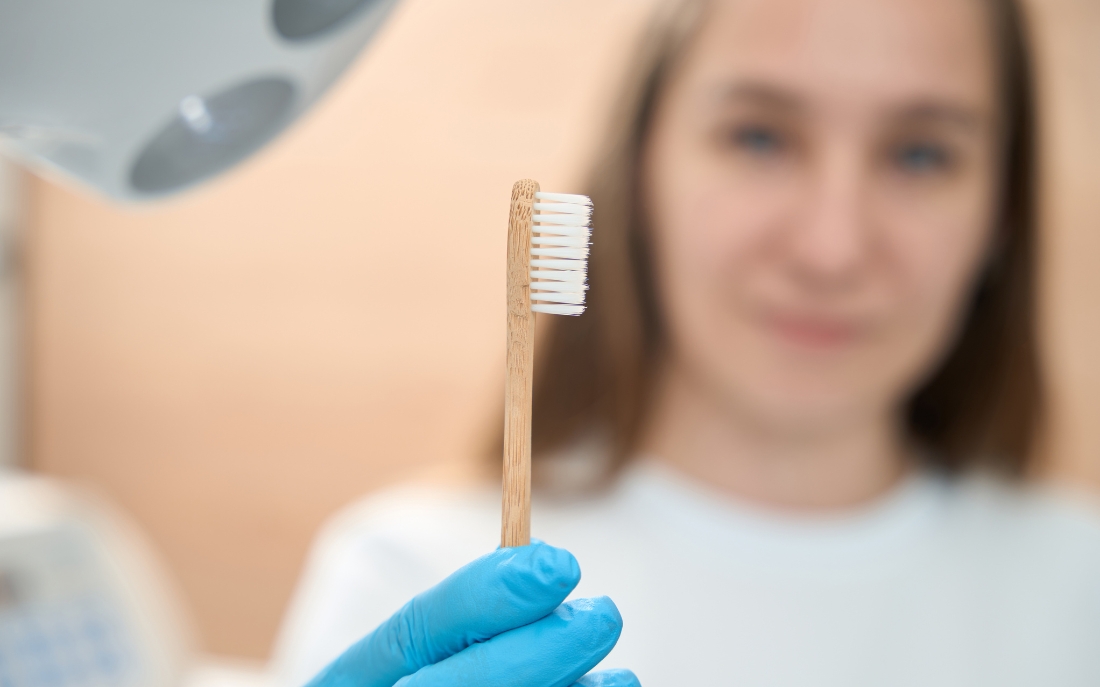Understanding TMJ Disorder: Causes, Symptoms, and Treatment


The temporomandibular joint (TMJ) is a complex hinge that connects your jawbone to your skull. It allows you to perform essential functions like eating, speaking, and even laughing. However, when something goes awry with this joint, it can lead to a condition known as TMJ disorder, or TMD. In this article, we will explore what TMJ disorder is, its common causes, symptoms, and available treatment options.
What is TMJ Disorder?
TMJ disorder is a term used to describe a range of conditions that affect the TMJ and surrounding muscles. It can cause pain and discomfort in the jaw, face, and head, making it a source of considerable distress for those affected.
Causes of TMJ Disorder
Bruxism (Teeth Grinding and Clenching)
The habit of grinding or clenching teeth, often unconsciously during sleep, can strain the TMJ.
Stress and Anxiety
Emotional stress can lead to jaw tension and clenching, contributing to TMJ disorder.
Arthritis
Certain types of arthritis can affect the TMJ.
Jaw Trauma
Physical injury to the jaw can damage the TMJ.
Malocclusion (Misaligned Bite)
An improper bite alignment can put excessive strain on the TMJ.
Genetics
Some individuals may be genetically predisposed to TMJ disorder.
Common Symptoms of TMJ Disorder
Jaw Pain
Aching or sharp pain in the jaw is a hallmark symptom of TMJ disorder.
Facial Pain
Pain may radiate to the face, ears, and temples.
Difficulty Opening and Closing the Mouth
Some individuals experience restricted jaw movement.
Clipping or Popping Sounds
Audible sounds when opening and closing the mouth can occur.
Headaches
TMJ disorder may lead to tension headaches.
Ear Pain
Earaches, ringing in the ears (tinnitus), and dizziness are associated symptoms.
Treatment Options for TMJ Disorder
Lifestyle Changes
Stress management techniques and avoiding habits like teeth grinding can help alleviate symptoms.
Oral Appliances
Dentists can design custom mouthguards or splints to reduce teeth clenching and improve bite alignment.
Physical Therapy
Jaw exercises and therapies can improve jaw mobility and reduce pain.
Clipping or Popping Sounds
Audible sounds when opening and closing the mouth can occur.
Orthodontic Treatments
Correcting bite misalignment through orthodontic treatment can relieve TMJ-related pain.
Surgery
In severe cases, surgery may be necessary to repair or replace the TMJ joint.
Conclusion
TMJ disorder can significantly impact a person’s quality of life, leading to pain and discomfort. However, with the right diagnosis and treatment plan, individuals with TMJ disorder can find relief and regain normal jaw function. If you suspect you have TMJ disorder or are experiencing symptoms, it’s essential to consult with a dentist or healthcare professional who can provide a tailored treatment approach to address your specific needs. Don’t let TMJ disorder stand in the way of enjoying a pain-free life and all the pleasures it brings. Schedule a consultation with us today to learn about TMJ treatment options.


